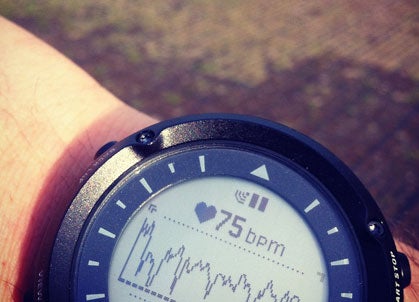Ask the Coach: Training by Heart Rate

I am new to using heart rate as a training guide and want to determine my maximum heart rate rather than relying on the common formula: 220 minus age. I’ve heard that max heart rate is a little higher for women, while others say there is no significant gender difference. Does max heart rate vary much?
—Jen Eichelberger, Carbondale, IL
The formula you mention is easy to understand, and doesn’t take any high-tech lab equipment. Based on a bell curve of heart rates, it’s somewhat accurate for most people—however it’s impossible to know if you are one of them. Joe Friel, author of Total Heart Rate Training: Customize and Maximize Your Workout Using a Heart Rate Monitor, says, “Some research has shown the 220 formula to be off by as much as plus or minus 25 beats per minute.”
Adds Friel, “When it comes to heart rate, we are individuals and the number can’t be found based on age, body weight, gender, height or the color of your eyes.”
Depending on your fitness level, finding your maximum heart rate by the method that requires running at your limit could be dangerous. Friel instead suggests basing your heart-rate zones off of your lactate-threshold heart rate (LTHR), which he says, “occurs at roughly 75 to 90 percent of max HR, depending on fitness.”
To find your LTHR, in a training session, go all out for 30 minutes. Start your HR monitor after 10 minutes so you can get your average heart rate for the last 20 minutes of the effort. This average is your LTHR. With that data you can now calculate your heart-rate zones.
Run Zones
- Zone 1: Less than 85% of LTHR
- Zone 2: 85 to 89% of LTHR
- Zone 3: 90 to 94% of LTHR
- Zone 4: 95 to 99% of LTHR
- Zone 5a: 100 to 102% of LTHR
- Zone 5b: 103 to 106% of LTHR
- Zone 5c: More than 106% of LTHR